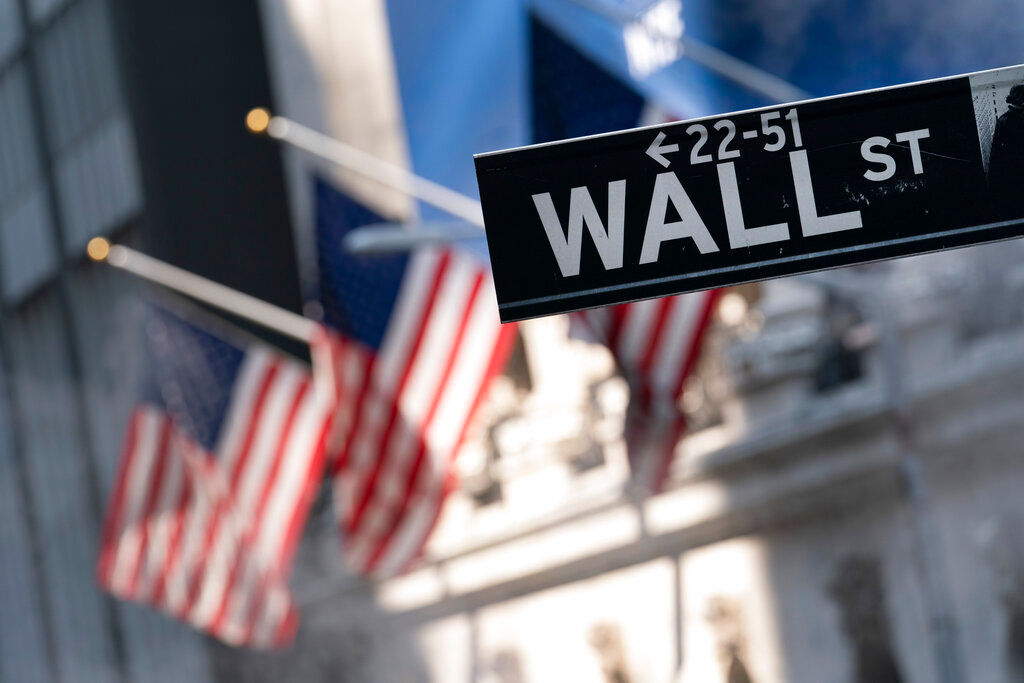Wall Street opened the week with heavy losses that put the benchmark S&P 500 at a level considered to be a so-called bear market. The index lost 4% to close at 3,750, putting it 21% below its peak in January.
Wall Street is struggling with the impact of rising interest rates, high inflation and energy costs, the Russia-Ukraine War and a slowdown in China’s economy, prompting investors to reconsider the prices they are willing to pay for a wide range of stocks. Bear markets have become fairly common and Monday was no exception. The last bear market happened just two years ago as the pandemic shuttered the US economy.
Also Read | Bill Gates says cryptocurrency, NFT based on “greater fool theory”
What is a Bear Market?
A bear market is defined by a broad market index falling by 20% or more from a recent high for a sustained period. A bear is used to represent a market slump because bears hibernate, so they represent a market that’s retreating, said Sam Stovall, chief investment strategist at CFRA. In contrast, Wall Street’s nickname for a surging stock market is a bull market, because the bulls charge, Stovall added.
Also Read | How Russia-Ukraine war is behind highest US inflation spike since 1981
The S&P 500, Wall Street’s key barometer of health, slid 0.38% on Tuesday. It’s over 22% below its record set early this year and is now in a bear market.
The Dow industrials sank 0.50% and the tech-heavy Nasdaq composite, which already was in a bear market, tumbled 0.18%.
The most recent bear market for the S&P 500 ran from February 19, 2020, through March 23, 2020. The index fell 34% in that one month, the shortest bear market ever.
Also Read | What caused massive power outages in Ohio, mid-western US?
What led to this bear market?
“Discretionary spending is gone,” said Daniel McKeever, an assistant professor at the Binghamton University School of Management. US consumers “are dipping into savings, if their savings aren’t gone already and eventually, that’s going to sustain stock market growth,” he said.
High inflation is prompting many people to reduce spending, which means less money in companies’ pockets. That leads to the stock market’s current woes.
Also Read | NATO assures Ukraine of heavy weapons ahead of Madrid summit
“Without some kind of meaningful relief from the increase in gas and grocery prices … people simply don’t have money to spend,” he added.
The consumer price index (CPI) has increased 8.6% in the past year, while the S&P 500 has fallen 11.9% over the same period.
Bear markets can be stressful for all types of investors. But they frequently affect active stock traders – people who invest mostly in individual stocks – differently than passive index fund investors.
Also Read | Explained: The impact of bond yields on markets and investors
What does this bear market mean for active and passive investors?
Active investors or individual stock traders, try to beat the market while Passive investors often try to mirror the market.
Active investors can be better or worse off during a bear market, depending on their stock picks, said Eric Nelson, a certified financial planner and founder of Independence Wealth.
Stock picking tends to be riskier and potentially higher rewarding than passive investing. Stock pickers can theoretically beat the market by picking the stocks that outperform their indexes but they also can end up with worse returns than the market by picking a stock that underperforms their indexes.
Also Read | Eurozone inflation soars to record 8.1% amid rising energy and food costs
Passive index fund investors will probably see less volatility since they won’t be exposed to individual stock risk. With an index fund, you’re investing in a basket of companies that mirrors a stock market index, so if one company goes out of business during a bear market, there are still others to support your portfolio.
During downturns, financial advisors who manage portfolios actively often promote themselves as superior to passive investors, but research suggests otherwise. Active management is no better than passive management during crisis periods, just as it is no better than passive management over any long-term period.
Also Read | FDA approves 1st drug for treatment of hair loss disorder alopecia
According to the latest Quantitative Analysis of Investor Behaviour, or QAIB, a study from financial services market research firm Dalbar Inc, an average equity investor as opposed to a passive investor in the index, earned over 10% below the S&P 500 in 2021, which is the third-largest underperformance ever recorded in the study’s 36-year history.
Also Read | Russia making billions amid war in Ukraine, Europe its biggest customer
How should you respond to the bear market?
A majority of financial advisors advise that one should not panic. If you are an investor, not a day trader, you are in it for the long term, and you are aware there will be highs and lows. The average stock market return is 10% per year and sometimes, like in 2022, it’s lower and sometimes it’s higher. If the market is down, it’s a good idea to stay invested and resist the urge to sell.
Also Read | IPL Media Rights: Disney Star gets TV deal, Viacom18 bags digital
Generally, investors suggest devoting no more than 10% of a portfolio to individual stocks and keeping the remaining 90% in a diversified mix of low-cost index funds. If you use dollar-cost averaging, you might suffer a temporary loss, but if you have a longer-term horizon, your portfolio has time to recover.







